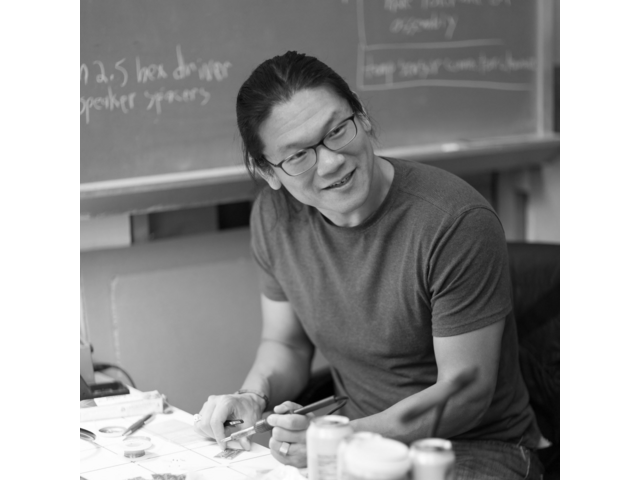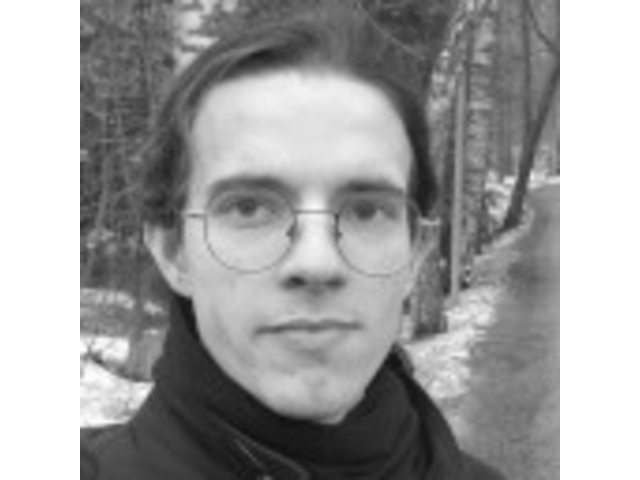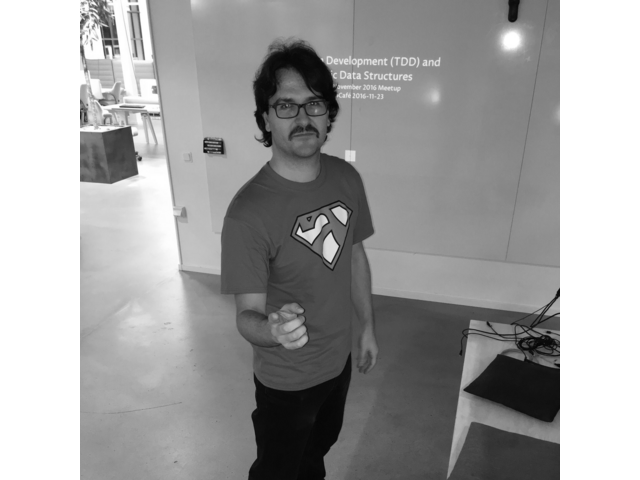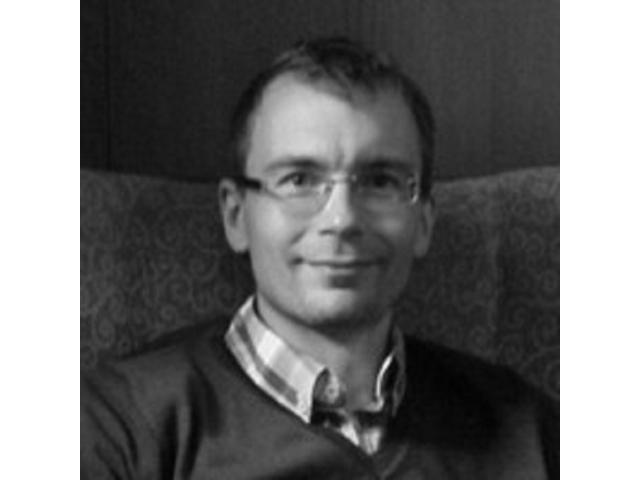TL;DR; Call for Papers closes on Sunday. Join foss-north 2021 and be a part of a great speaker line-up!
When planning foss-north, we always pre-announce some speakers early on. This helps set the tone of the conference, show sponsors that we have contents, and – interestingly – also increase the number of submissions to our call for papers.
This year is a bit special due to COVID-19 and the conference will be our third virtual installment, but we are still hoping to bring together great people and contents.
This year we have four pre-announced speakers who I’m very excited about. We have everything from stories from how the Internet is kept safe, how to use open source methods in your organization, how industry verticals collaborate around open source, all the way to how to write a Linux kernel driver.
So, in no particular order, I give you…
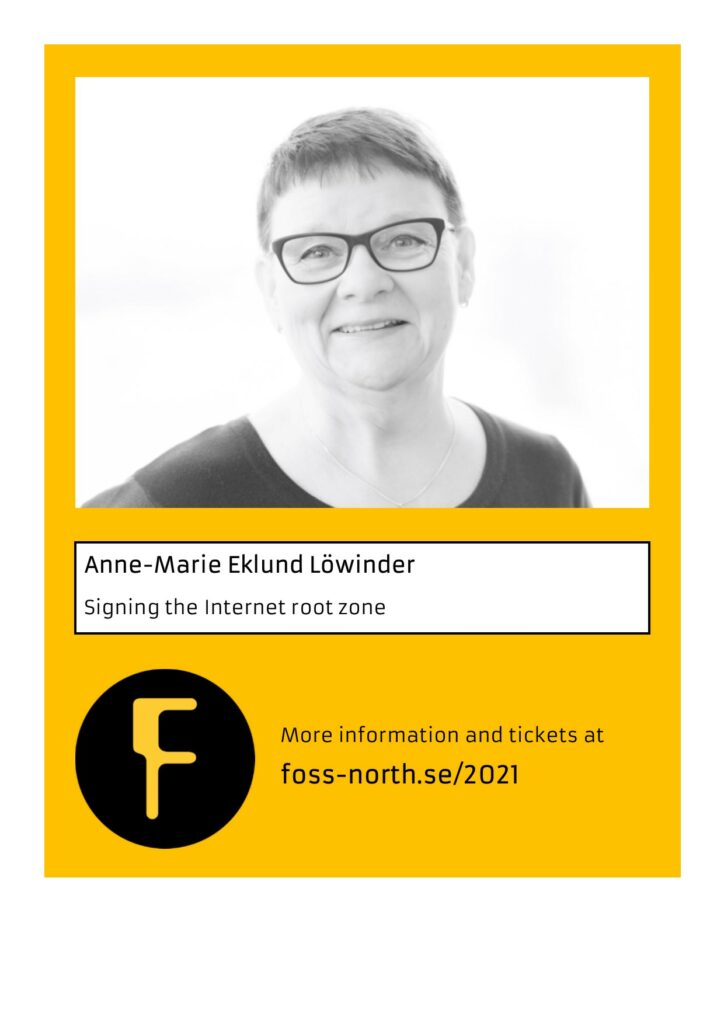
… Anne-Marie Eklund Löwinder who will talk about signing the Internet root zone.
This will be the story from when Anne-Marie worked as Crypto Officer and attended the cermonies around DNSSEC. How do we protect the secrets that are used to protect the Internet itself.
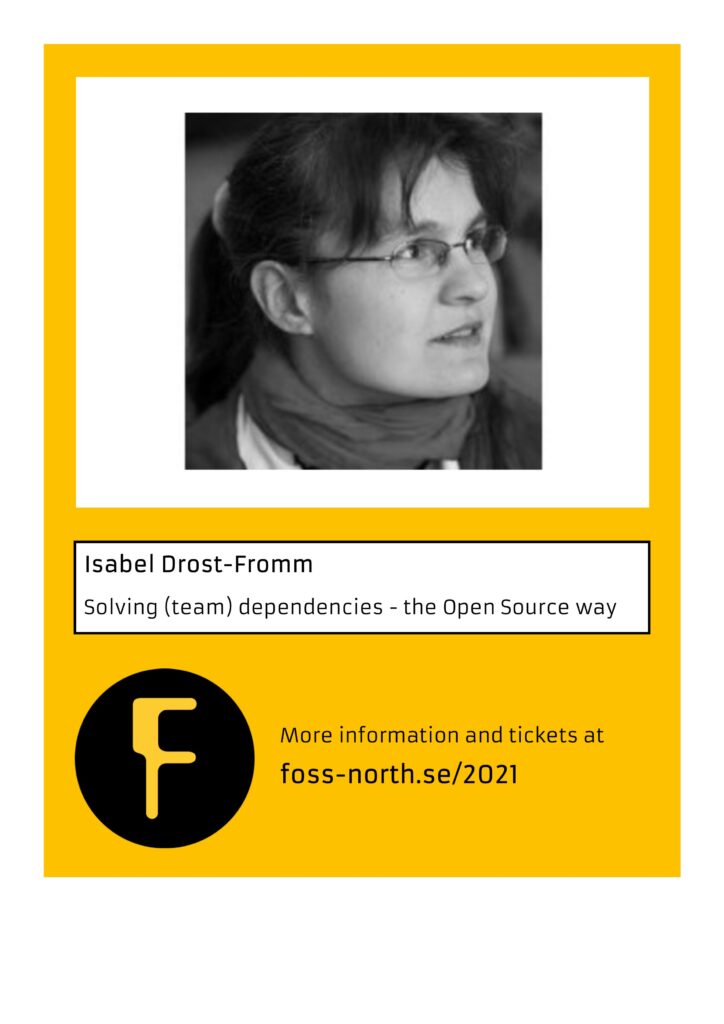
… Isabel Drost-Fromm who will talk about how to use the open source way beyond open source. By applying inner source principles, the magic that makes open source work can be used inside an organization too.
These are aspects such as sense of ownership, independence, and so on. If developers are willing to work for fun on open source, how do we create the same joy at work.
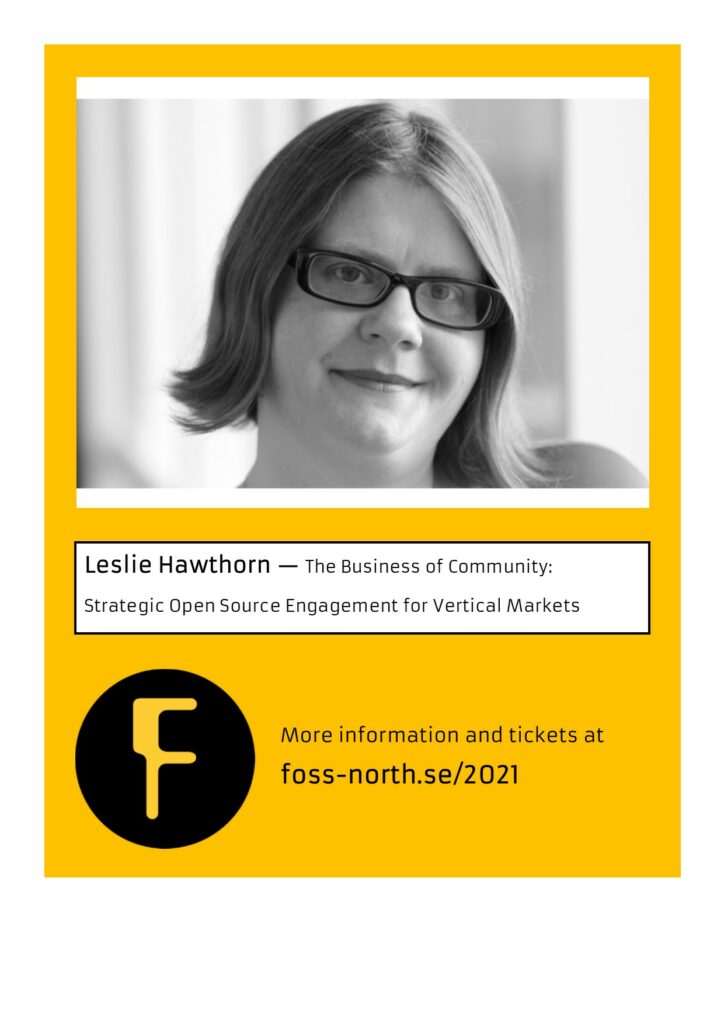
… Leslie Hawthorn who will talk about strategic open source engagements for vertical markets. This is about how to work openly within an industry vertical and not a single component or project.
This is interesting from a foss-north perspective, as this is a conference about everything and nothing. I guess that makes it a horizontal event. How can vertical organizations meet to identify shared cross-cutting aspects.
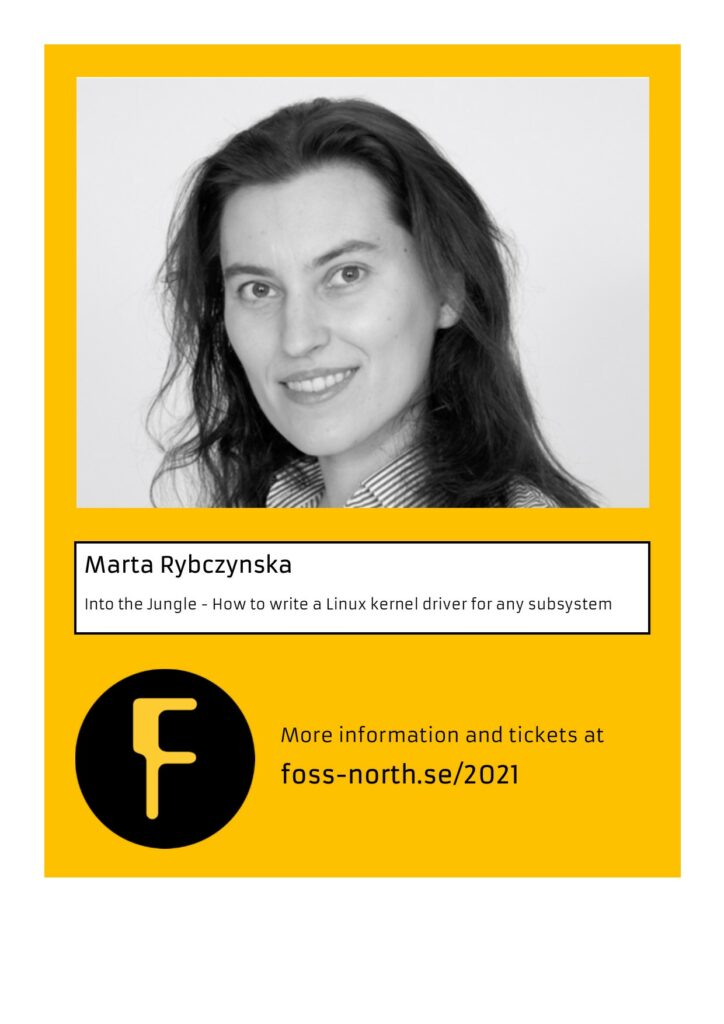
… Marta Rybczynska will give a talk appropriately titled Into the Jungle, about writing Linux kernel drivers.
In this talk we will look at writing a Linux network driver from scratch, diving into the deep end and learning how to swim.
The Call for Paper is still open until Sunday, so if you have a topic that you want to discuss, make sure to get your contribution in!






